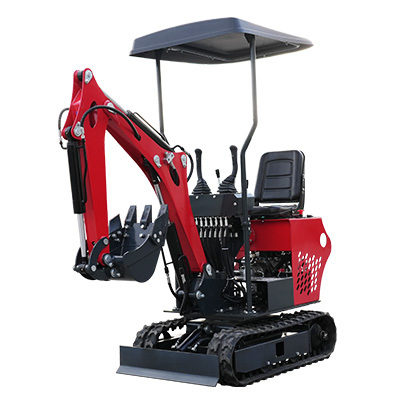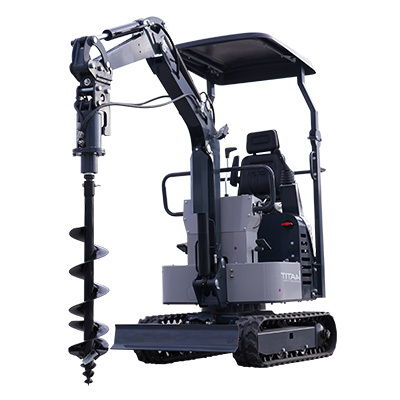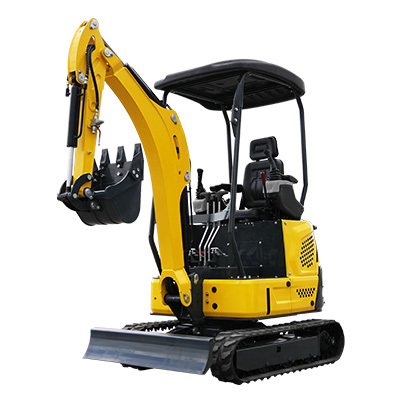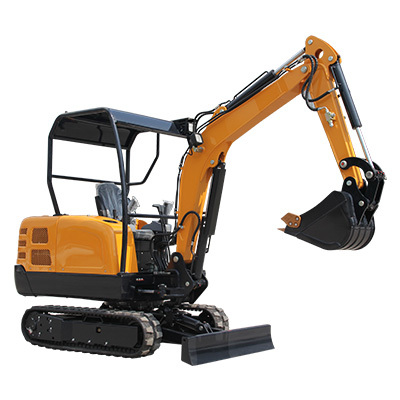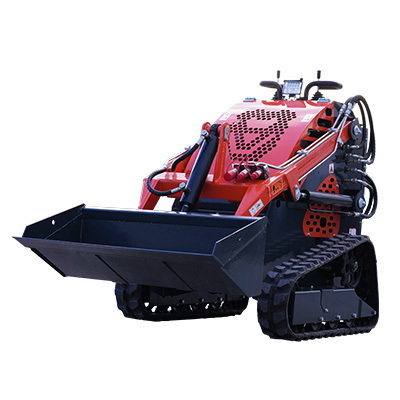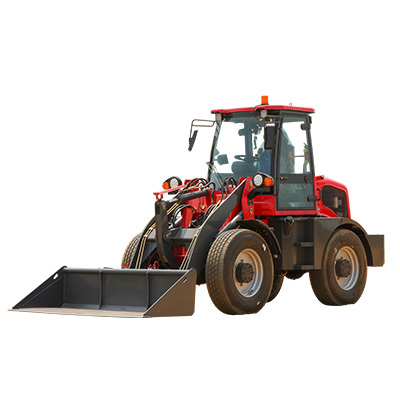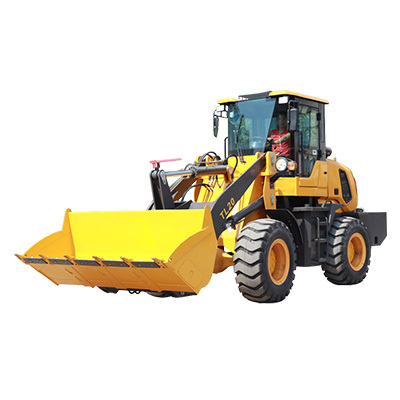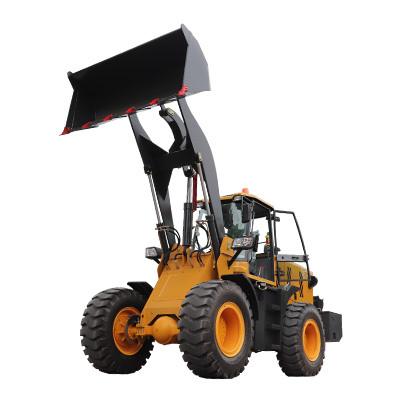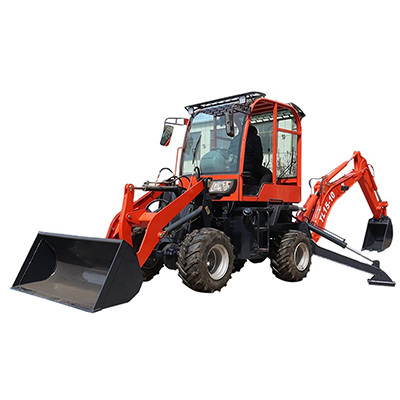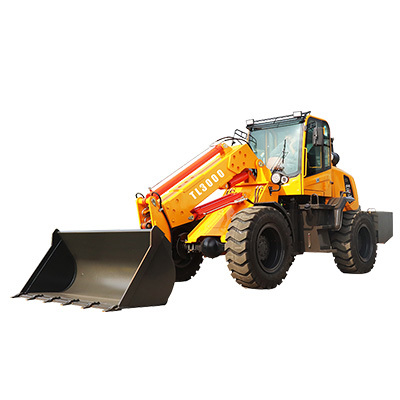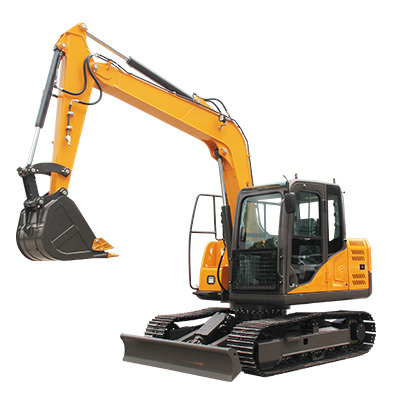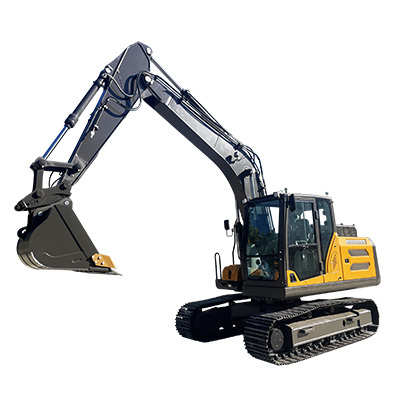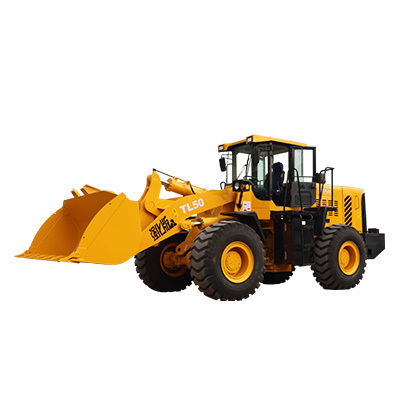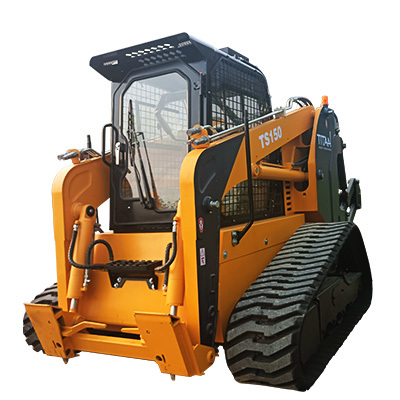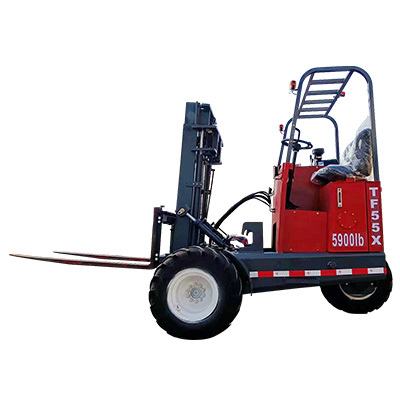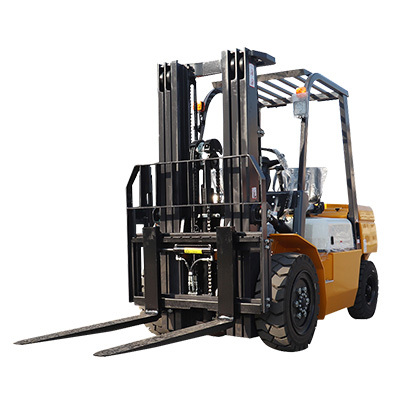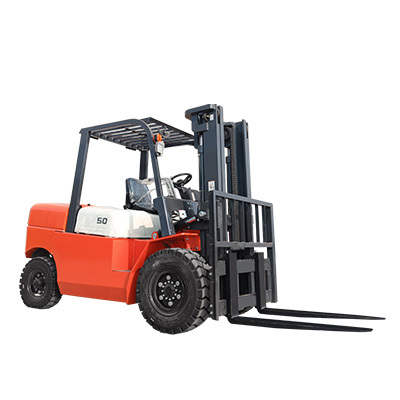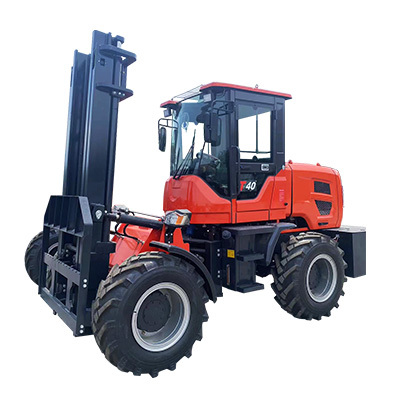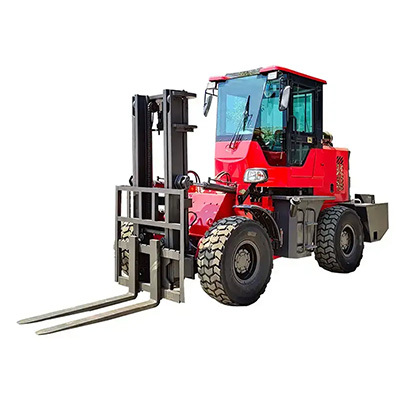Choosing the Right Type of Handling Equipment for Your Business Needs: A Comprehensive Guide
Release time:
2025-07-28
Summary
Choosing the Right Type of Handling Equipment for Your Business Needs
Table of Contents
Understanding Handling Equipment: An Overview
The Importance of Proper Selection in Handling Equipment
Types of Handling Equipment: A Detailed Breakdown
Manual Handling Equipment
Semi-Automated Handling Equipment
Fully Automated Handling Equipment
Key Factors to Consider Whe
Choosing the Right Type of Handling Equipment for Your Business Needs
Table of Contents
- Understanding Handling Equipment: An Overview
- The Importance of Proper Selection in Handling Equipment
- Types of Handling Equipment: A Detailed Breakdown
- Key Factors to Consider When Choosing Handling Equipment
- Cost Analysis: Balancing Quality and Budget
- Maintenance and Support: Ensuring Longevity and Performance
- Environmental Considerations in Handling Equipment Selection
- Future-Proofing Your Investment: Trends and Innovations
- Conclusion: Making the Right Choice for Your Business
- FAQs: Answering Your Handling Equipment Queries
Understanding Handling Equipment: An Overview
Handling equipment refers to various tools and machinery designed to facilitate the movement, storage, control, and protection of materials and products throughout their lifecycle. This equipment is vital in industries such as **transportation**, **warehousing**, and **logistics**, where efficiency and safety are paramount. Selecting the appropriate handling equipment ensures streamlined operations, minimizes workplace injuries, and enhances productivity.
The Importance of Proper Selection in Handling Equipment
The right handling equipment can transform your operational capabilities. It directly impacts the speed of moving goods, the safety of your workforce, and the overall cost-effectiveness of your processes. Choosing the incorrect type can lead to inefficiencies, increased labor costs, and even accidents. Therefore, a systematic approach to selecting handling equipment is not just beneficial; it is essential for long-term success.
Types of Handling Equipment: A Detailed Breakdown
Understanding the different types of handling equipment available can help you make an informed decision. Here, we explore various categories:
Manual Handling Equipment
Manual handling equipment is designed for operators to use without automation. This category includes items like hand trucks, pallet jacks, and forklifts. While these tools are often more cost-effective upfront, they require skilled operators and can be slower than automated solutions. However, manual handling equipment is highly versatile and can be employed in various settings.
Semi-Automated Handling Equipment
Semi-automated equipment combines manual labor with mechanical assistance. Examples include conveyor systems and mobile lifts that enhance the efficiency of manual processes while still requiring operator involvement. This equipment improves workflow speed and can reduce the physical strain on workers, making it an excellent choice for businesses looking to enhance productivity without a complete overhaul of their operations.
Fully Automated Handling Equipment
Fully automated handling equipment requires minimal human interaction and includes systems like automated guided vehicles (AGVs) and robotic arms. These systems are ideal for high-volume operations where speed and efficiency are critical. While the initial investment is higher, the long-term savings from reduced labor costs and increased output can justify the expense.
Key Factors to Consider When Choosing Handling Equipment
When selecting handling equipment for your business, several factors must be considered to ensure that you make the right choice.
Load Capacity
Understanding the maximum load capacity your equipment can handle is crucial. Overloading equipment can lead to breakdowns and safety hazards. Always assess the weight and dimensions of the materials you will be handling and choose equipment that can accommodate those specifications comfortably.
Space Constraints
The physical space in your facility significantly affects the type of handling equipment you can utilize. Measure your available space carefully to determine what equipment will fit without obstructing workflows. Narrow aisles may require specialized equipment, such as compact forklifts or pallet trucks.
Operational Efficiency
Evaluate how the handling equipment will integrate into your existing processes. Look for equipment that streamlines workflows, enhances speed, and minimizes bottlenecks. Understanding the specific tasks your equipment will perform can help you identify the best fit for your operations.
Safety Requirements
Safety is a paramount concern in any workplace. Choose equipment that meets industry safety standards and is designed to minimize workplace accidents. Invest in features such as ergonomic designs, safety guards, and automatic shut-off mechanisms to protect your workforce.
Cost Analysis: Balancing Quality and Budget
Conducting a thorough cost analysis is essential when choosing handling equipment. While it's tempting to choose the cheapest option, consider the long-term costs associated with maintenance, efficiency, and productivity. Investing in high-quality equipment can lead to significant savings over time, particularly in environments with heavy usage.
Maintenance and Support: Ensuring Longevity and Performance
Regular maintenance is crucial for ensuring the longevity and optimal performance of handling equipment. Choose equipment from manufacturers that offer comprehensive support and readily available spare parts. Establish a maintenance schedule to prevent downtime and keep your operations running smoothly.
Environmental Considerations in Handling Equipment Selection
As businesses become more conscious of their environmental impact, consider how your handling equipment choices align with sustainability goals. Look for energy-efficient models and those that minimize waste. Additionally, explore options that use recyclable materials or have lower emissions to enhance your company’s green credentials.
Future-Proofing Your Investment: Trends and Innovations
The handling equipment industry is continually evolving, with advancements in technology that offer enhanced efficiency and safety. Stay informed about emerging trends, such as increased automation and smart technologies, that could impact your operations. Investing in equipment with the potential for upgrades or adaptability can safeguard your investment against future changes.
Conclusion: Making the Right Choice for Your Business
Choosing the right handling equipment is a significant decision that can profoundly impact your business's efficiency, safety, and profitability. By understanding the different types of equipment available and carefully considering the factors that affect your selection, you can make an informed choice that aligns with your operational needs. Prioritize safety, efficiency, and cost-effectiveness, and stay ahead of industry trends to ensure your business is well-equipped for the future.
FAQs: Answering Your Handling Equipment Queries
1. What are the most common types of handling equipment used in warehouses?
The most common types include forklifts, pallet jacks, hand trucks, and conveyor systems. Each type serves specific purposes depending on the load and operational requirements.
2. How do I determine the right load capacity for my handling equipment?
Assess the weight and dimensions of the materials you need to move. Choose equipment that exceeds your maximum load requirements to ensure safety and efficiency.
3. Is automated handling equipment worth the investment?
Yes, while the initial cost may be higher, automated handling equipment can lead to significant long-term savings and increased productivity, making it a worthwhile investment for many businesses.
4. How can I ensure the safety of my handling equipment?
Regular maintenance, operator training, and adherence to safety standards are essential. Invest in equipment with built-in safety features to enhance workplace safety.
5. What trends should I watch for in handling equipment technology?
Emerging trends include automation, the integration of IoT technology, and enhanced energy efficiency. Staying informed about these developments can help future-proof your equipment choices.
By following the guidance outlined in this article, businesses can make informed decisions regarding their handling equipment needs. Prioritizing the right equipment can enhance operational efficiency, safety, and ultimately, profitability.
More News
Compact Construction Equipment manufacturer
2025-12-09

